Who doesn’t love puppies? Even if it’s just watching these fluffballs on video, they manage to capture our attention and tug at our heartstrings. Here, Hashtag Magazine offers some helpful tips for raising a puppy, especially if you’re a first-time dog owner.
Raising a puppy comes with some challenges that you don’t often expect beforehand. Perhaps the most trying aspects of raising a puppy are teaching them not to pee and poop indoors and stopping them from chewing everything in sight. There’s more, too. So, put your shoes and slippers out of reach, and follow along with us as we share some tips.
Understand What to Expect During Your Puppy’s First Year
First-time dog owners might bring new puppies home without fully understanding what to expect of such a young animal. Knowing each stage of development is both, helpful to you and a responsible pet parenting trait.
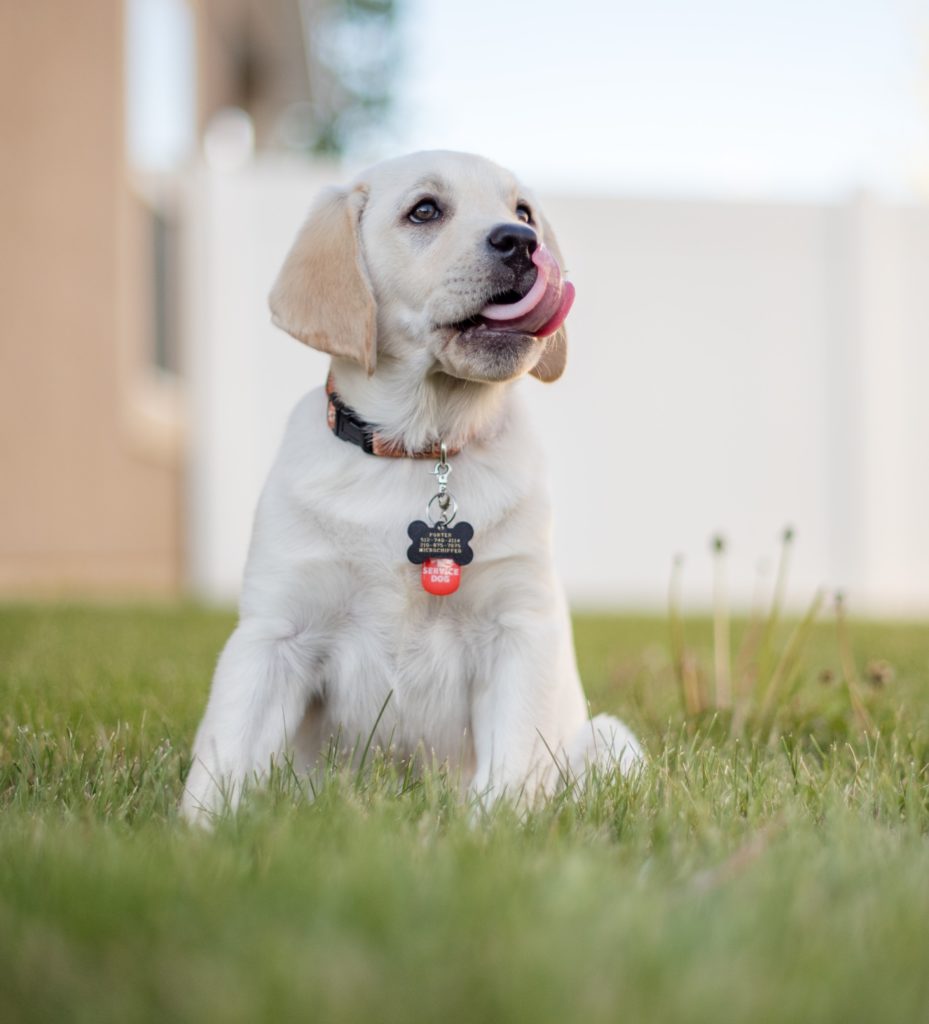
Most puppies find their “forever homes” at seven to eight weeks. Have patience and understanding as your new dog explores not only your home but its new world. Prepare by reading ahead of time. We also recommend an examination at your veterinary clinic before going home, especially if you have other pets.
Prepare Your Home and Get Essential Puppy Supplies
Once your puppy arrives at home you will be too busy to keep running to the store for supplies you didn’t realise were necessary. A simple online search will help you identify the essentials to have on hand for the new arrival.Foresee any puppy risks. Puppies will chew on electrical cords or other dangerous things before you know it!
Most puppies find their “forever homes” at seven to eight weeks. Have patience and understanding as your new dog explores not only your home but its new world.
Begin House Training Right Away
Two things to remember if you want your puppy to start peeing and pooping outside:
- Make it uncomfortable to defecate in the house.
- Take the puppy out frequently.
- Give praise for defecating.
This process should start when the puppy is around 12 weeks old and last from four to six months (expect the occasional accident after that).
Start Socialising Your Puppy Early On
An important puppy socialisation measure is teaching it not to bite. Many puppies bite instinctively (“nipping” or “mouthing”), especially as their teeth are coming in. However, you need to redirect this instinct. If you don’t want your adult dog to bite people with its sharp teeth and strong jaw, you must discourage the mouthing when it occurs. Pull your hand back sharply and say, “ouch!” You must do this until the puppy understands that biting is NOT OK.
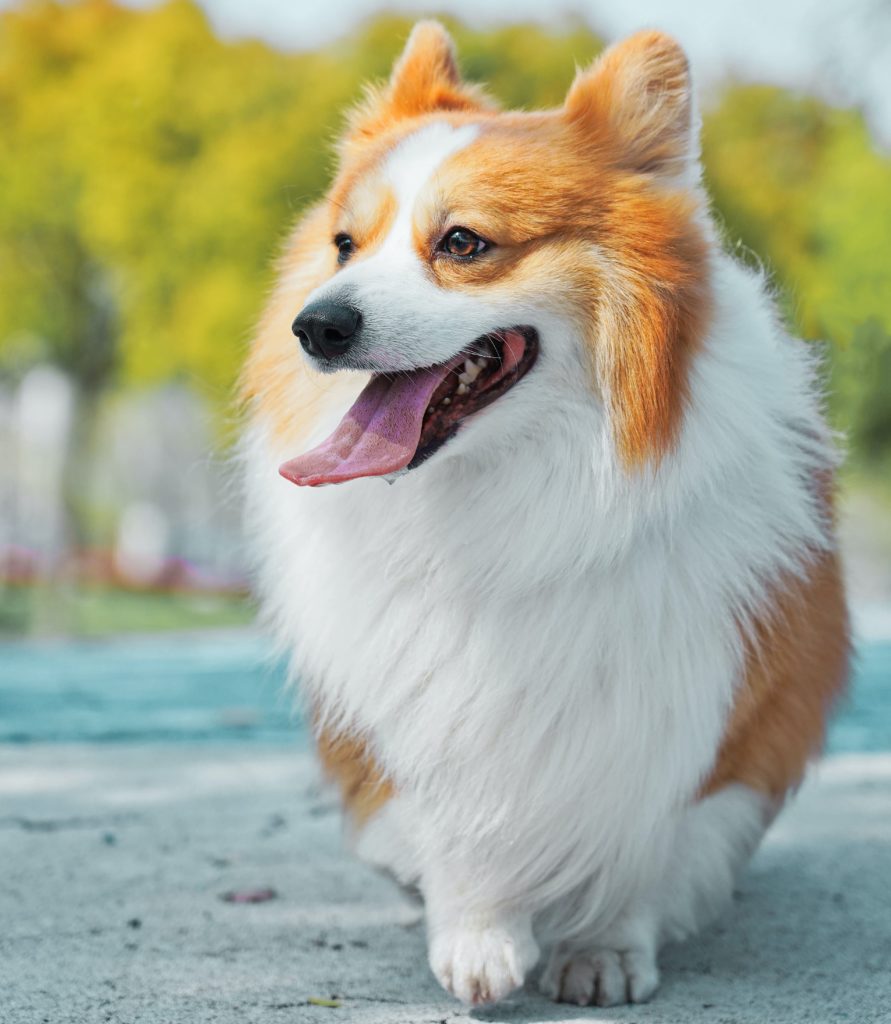
Start Thinking About How to Raise a Dog
Here, we’re referring to raising an adult dog. Once your puppy has reached their second year, it’s time to start transitioning into adulthood. Of course, everything you teach and do when raising a puppy you’re really doing for the adult dog as well. As with human babies, the first year establishes lifelong patterns and behaviors.Be sure to keep visiting our site for more helpful pet tips and other fascinating and useful information!
Find Your Pooch the Best Care!
If there’s one thing the lockdown came as a blessing for is the quality time we got to spend with our pet animals. Now, as we slowly crawl back to the daily grind, it seems barbaric to leave our furry babies alone again. Hop on to petbackers.in to find walkers and babysitters for your pooches. You can also register to volunteer as a walker or babysitter yourself if you wish to spend some time healing your soul with a little (big) ball of joy.



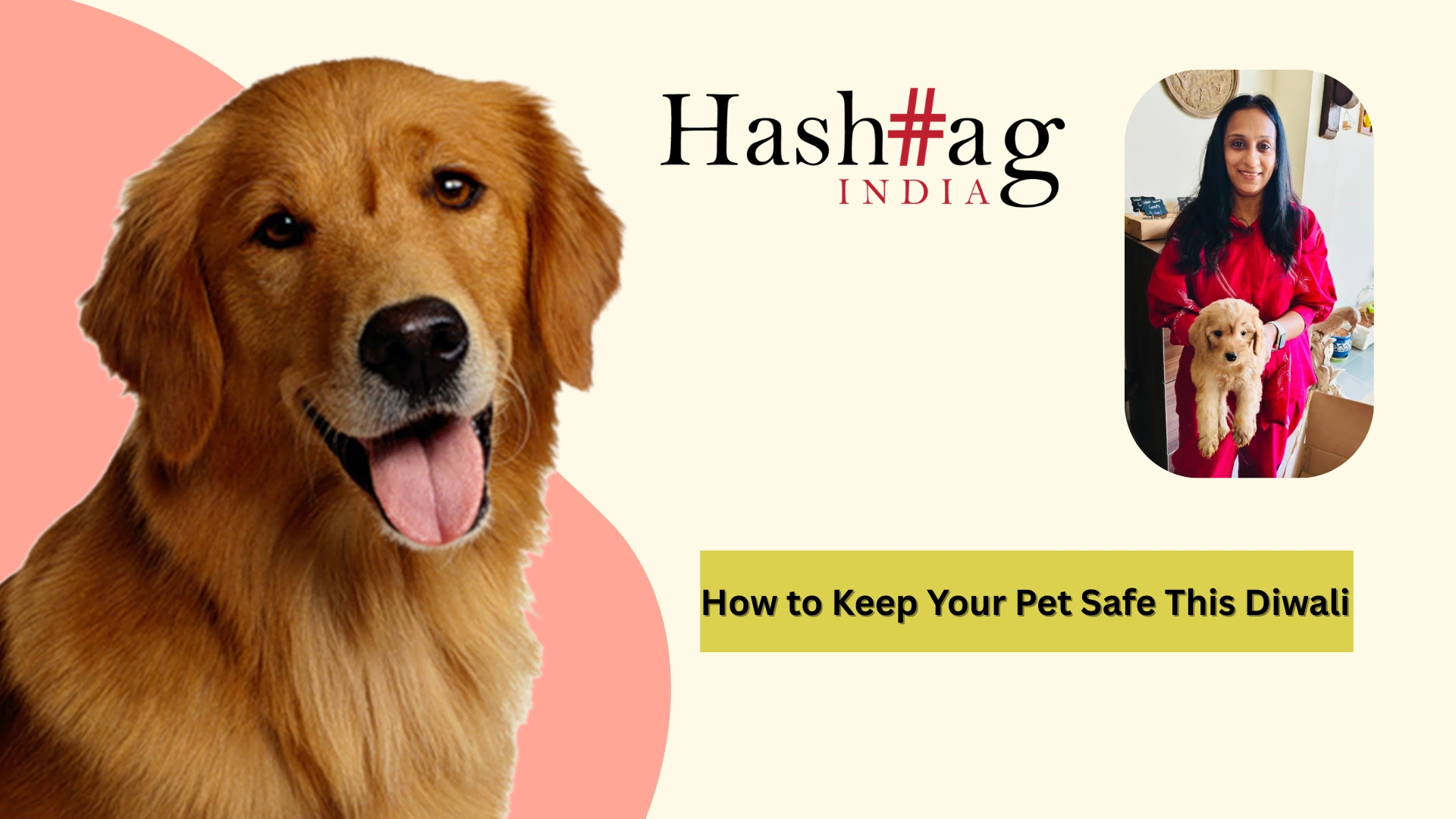
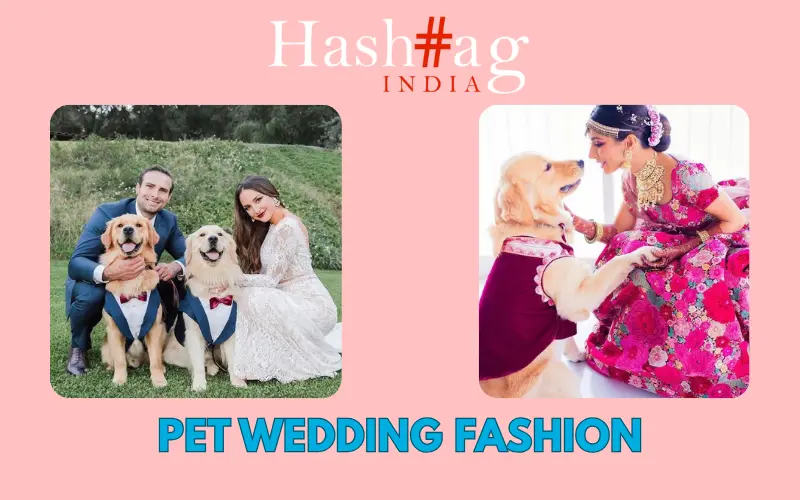
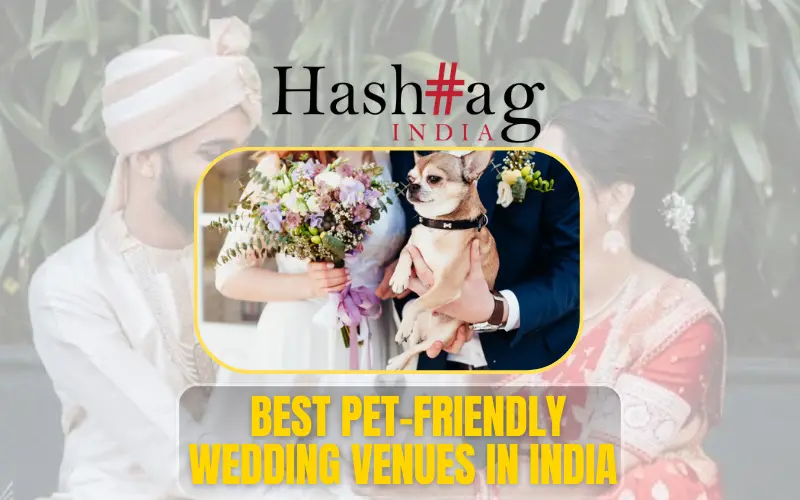






















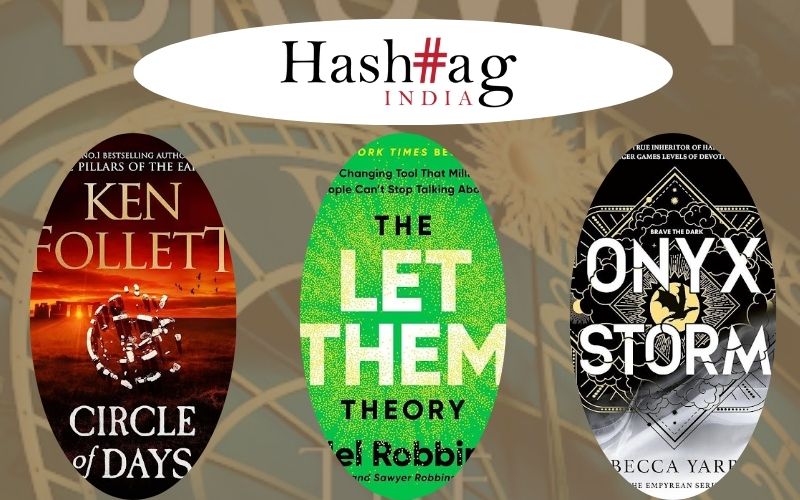





1 comment
5 Helpful Tips for Raising a Puppy for the First Time – Hashtag Magazine
[url=http://www.g5loithr9735ym609z5e9385c45y9sfws.org/]urpvmhwvef[/url]
rpvmhwvef http://www.g5loithr9735ym609z5e9385c45y9sfws.org/
arpvmhwvef